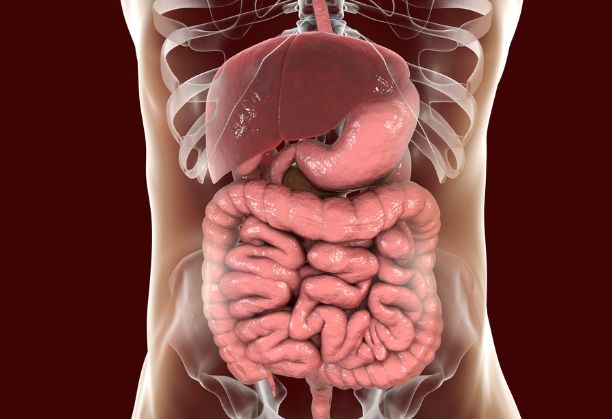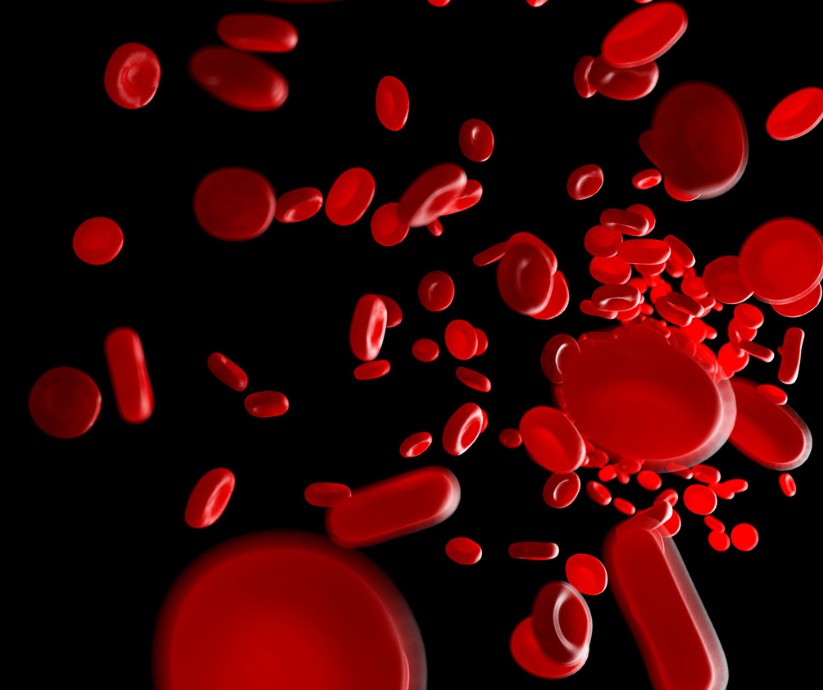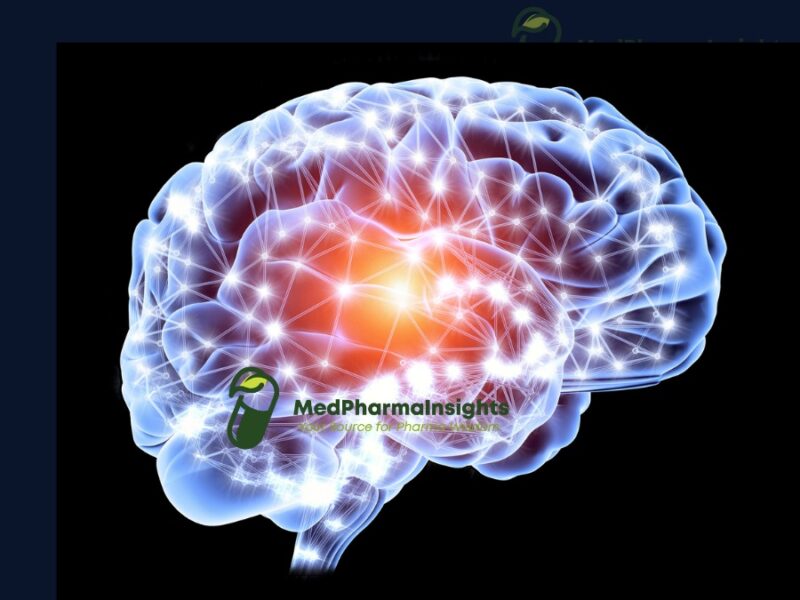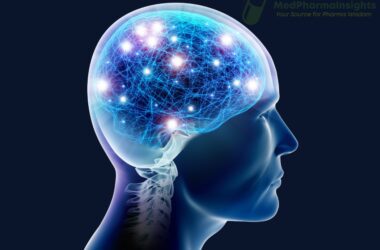A seizure’s clinical presentation is based upon the focal point’s location and the routes that facilitate its propagation. Seizures are commonly described using an international seizure classification scheme based on the clinical aspects of seizures paired with EEG data. Seizures are classified into two primary categories based on the brain region from where the aberrant discharge arises. Seizures are classified as “generalized” if they begin with synchronous activation of both hemispheres of the brain. A seizure is said to as “partial” or “focal” if the discharge originates in a specific region of the brain.
A. Generalised seizures:
From the beginning, generalized seizures cause impairment of consciousness. Generalized seizures come in a variety of forms.
1. Tonic clonic convulsions


These are the most frequent type of epileptic seizures, sometimes referred to as “grand mal” attacks. Abruptly, the patient becomes rigid, stumbles, convulses, and experiences labored breathing and salivation. There’s a chance of cyanosis, incontinence, and tongue biting. The convulsion ends in simply a couple of minutes, and fatigue, disorientation, headaches, and sleep are frequently experienced thereafter.
2. Absence attacks
These are a more rarer type of generalized seizure, sometimes referred to as a “petit mal.” They primarily occur in early adolescence and childhood. The youngster stops talking and looks blankly; there may be eyelid flickering and head flopping. The attacks are brief, often going unnoticed even by the youngster who is having them.
3. Myoclonic seizures
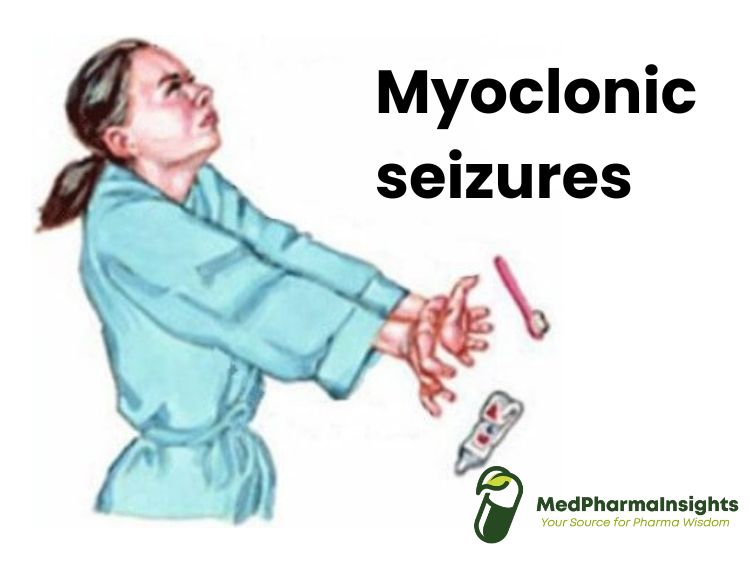

These are sudden, extremely short involuntary jerks that resemble shocks and can affect the head, arms, or entire body. They typically take place soon after awakening in the morning. Although they can occasionally cause someone to fall, recovery happens right away. It should be mentioned that non-epileptic myoclonic jerks can also occur in healthy individuals, especially in the moments before bed. They can also occur in a number of different neurological disorders.
4. Atonic seizures


These include an abrupt decrease of muscular tone that sends the sufferer to the ground. Following this, recovery happens quickly. Less than 1% of epileptic seizures in the general population are caused by them, making them uncommon, but significantly more common in patients with severe epilepsy beginning in infancy.
B. Partial or focal seizures


1. Simple partial seizures
The neuronal discharge from these seizures stays localized, and consciousness is retained in a whole. Simple partial seizures rarely occur on their own; instead, they typically develop into various types of partial seizures. The true nature of a simple partial seizure varies greatly from person to person and is dependent upon the location of the discharge. Simple partial seizures can manifest as localized jerking of the face or limb, twitching or stiffness in one area of the body, numbness, or strange sensations. It is referred to as a complex partial seizure if the episode worsens consciousness. It is referred to as a partial seizure with secondary generalization if it worsens and results in a convulsive seizure. The early portion of a seizure during which awareness is maintained can seem as a sensation or strange feeling and is referred to as the aura or warning in attacks that worsen.
2. Complex partial seizures
The individual may exhibit altered or “automatic” behavior, such as picking at clothing, mucking around with objects, or acting irrationally. During complicated partial seizures, lip-smacking or chewing motions, grimacing, undressing, engaging in mindless activities, and drunkenly walking around can all happen alone or in various combinations. The frontal or temporal lobes of the brain are the primary site of beginning for the majority of these seizures, which can occasionally develop into secondary generalized seizures.
3. Secondarily generalised seizures
These are simple or complex partial seizures where the discharge reaches the whole brain. The individual may have received a warning, but it’s not always the case. A convulsive event that resembles a generalized tonic clonic convulsion occurs when the entire brain is involved.


